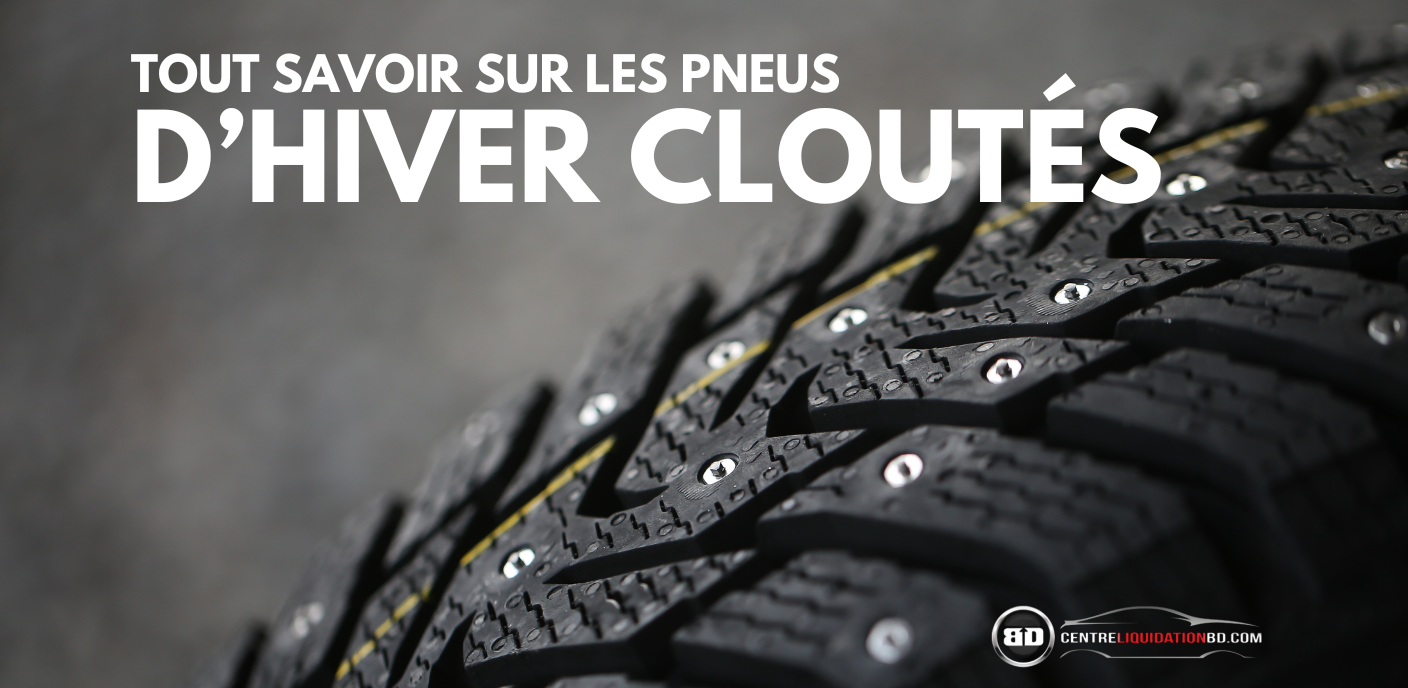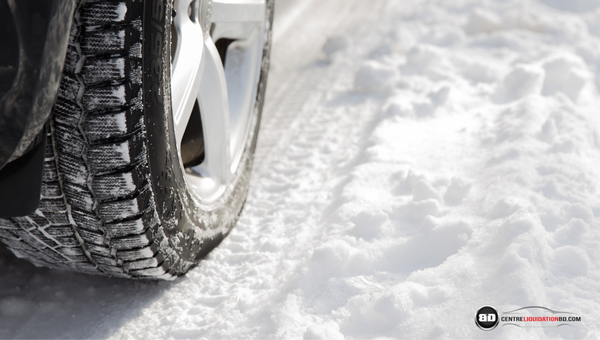Everything You Need to Know About Studded Winter Tires
September 15 2025,

Quebec winters come with their share of challenges: icy roads, black ice, and packed snow. In these conditions, studded winter tires stand out for their effectiveness. But are they suitable for all drivers? Here’s what you need to know.
1. What is a studded tire?
A studded tire is equipped with small metal studs embedded in the tread. These studs dig into ice and black ice, providing superior traction, reducing braking distances, and improving vehicle stability on slippery surfaces.

2. Advantages of studded tires
-
Optimal grip on ice: studs bite into the ice, offering unmatched traction.
-
Enhanced safety: significantly reduced braking distances on slippery surfaces.
-
Performance on packed snow: better vehicle stability in extreme winter conditions.
3. Disadvantages of studded tires
-
Increased noise: louder on dry and paved roads.
-
Faster wear: wears more quickly on non-snowy or icy surfaces.
-
Fuel consumption: slightly higher rolling resistance, which can increase fuel usage.
4. Comparative points: studded vs non-studded tires
|
|
5. Regulations in Quebec
In Quebec, studded tires are permitted from October 1 to March 31. Outside of this period, their use on public roads is prohibited.
6. Practical tips
-
Installation: have your studded tires installed by a professional to ensure proper stud placement.
-
Usage: limit their use to legal periods and icy or snowy roads.
-
Maintenance: regularly check the studs and tire pressure to ensure optimal performance.

7. Key takeaway
Studded winter tires are an effective safety solution for drivers facing extreme winter conditions. When used and maintained properly, they provide maximum traction and stability while minimizing their disadvantages.


